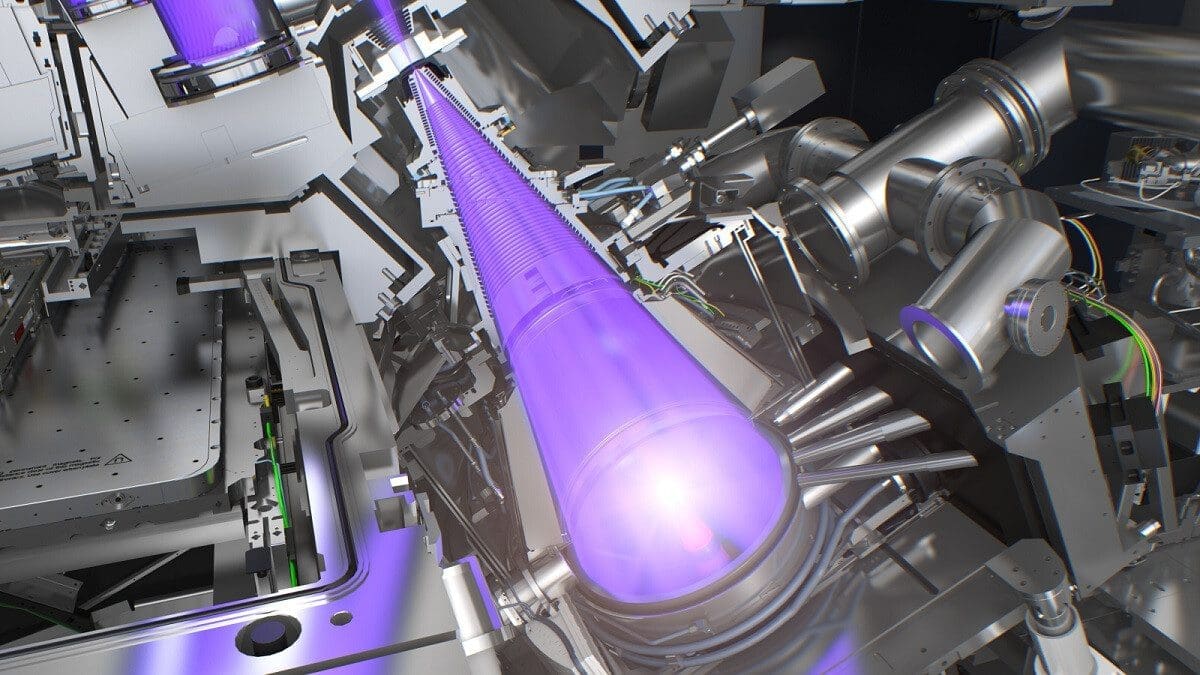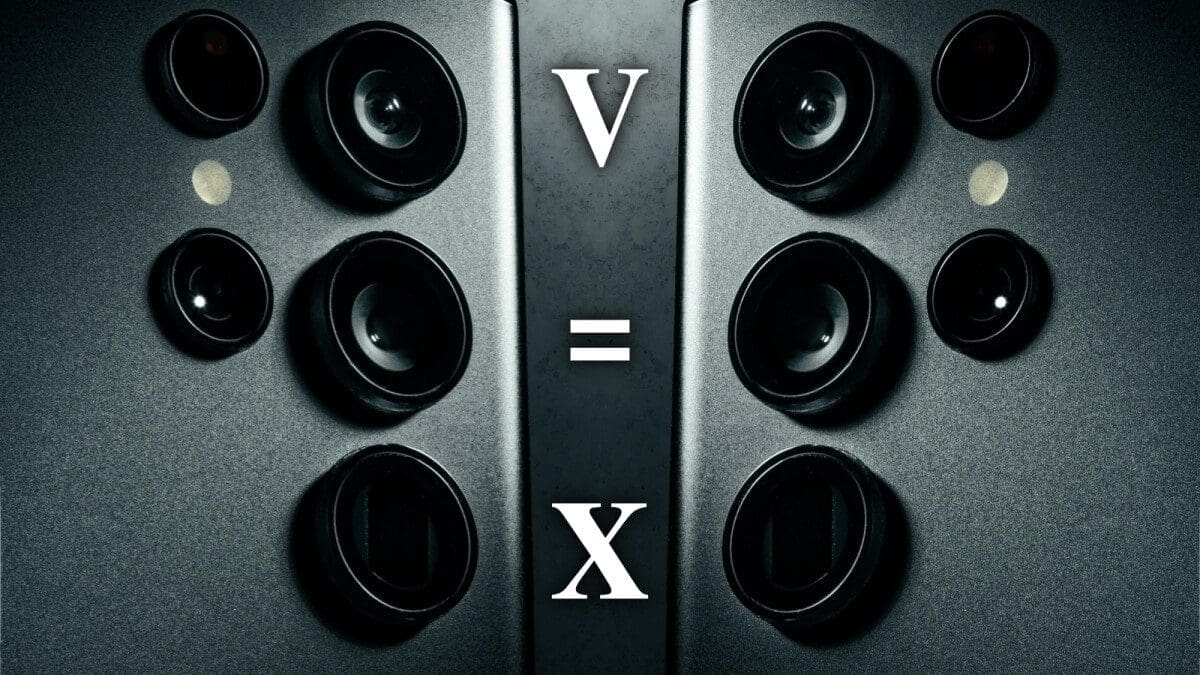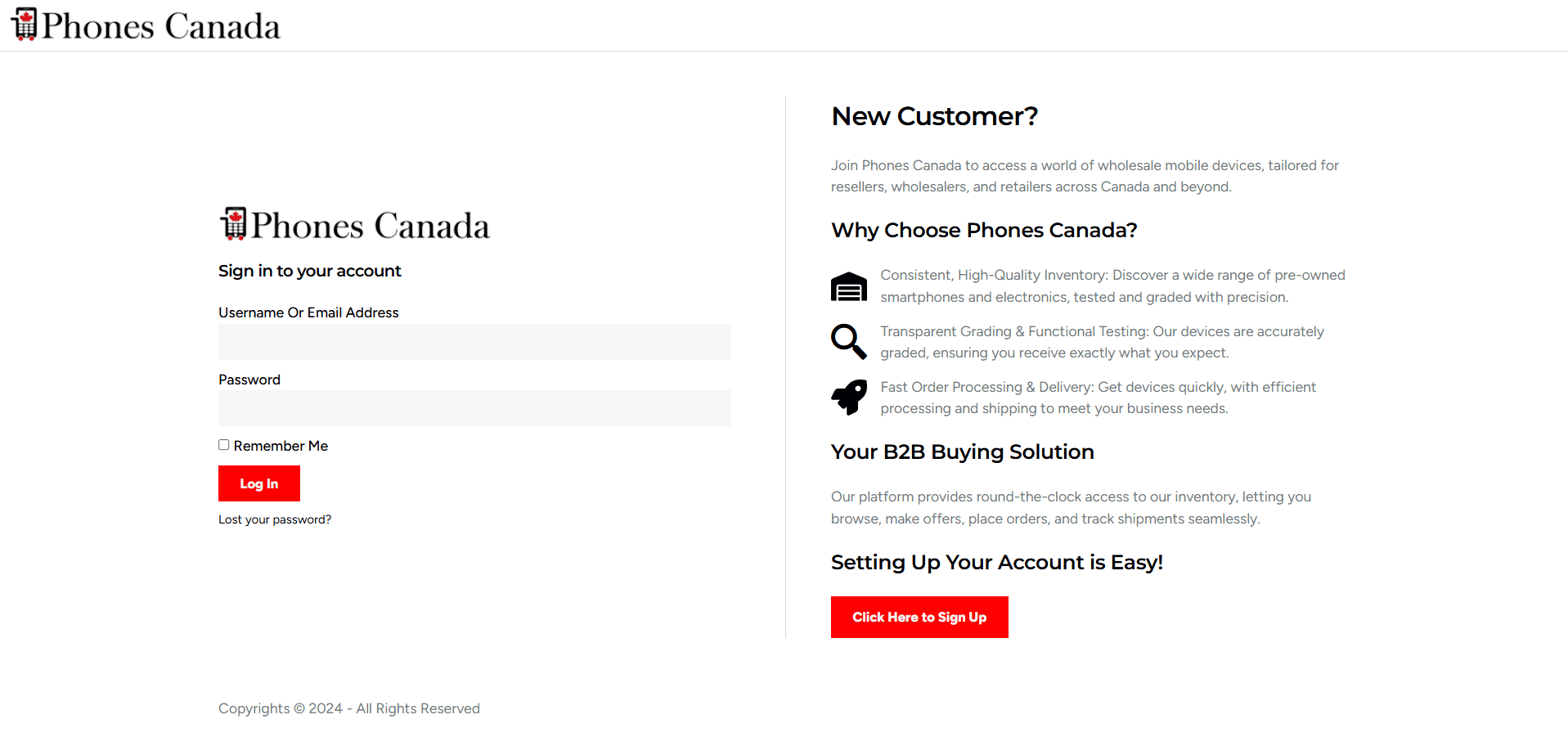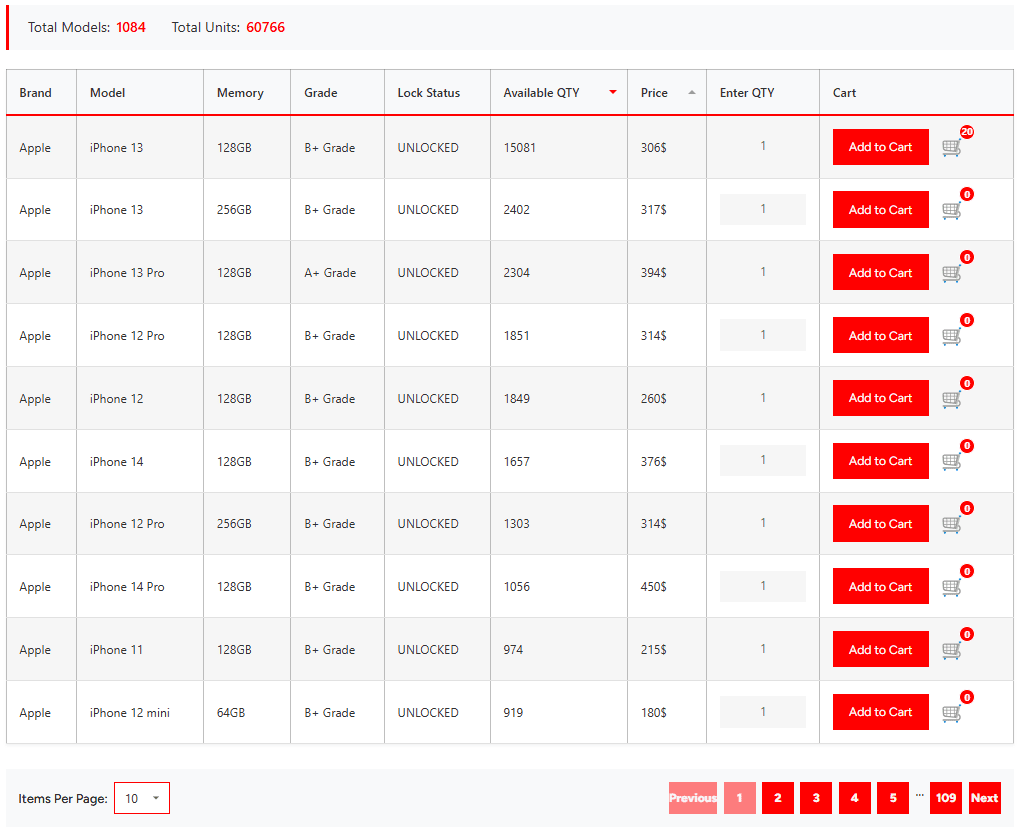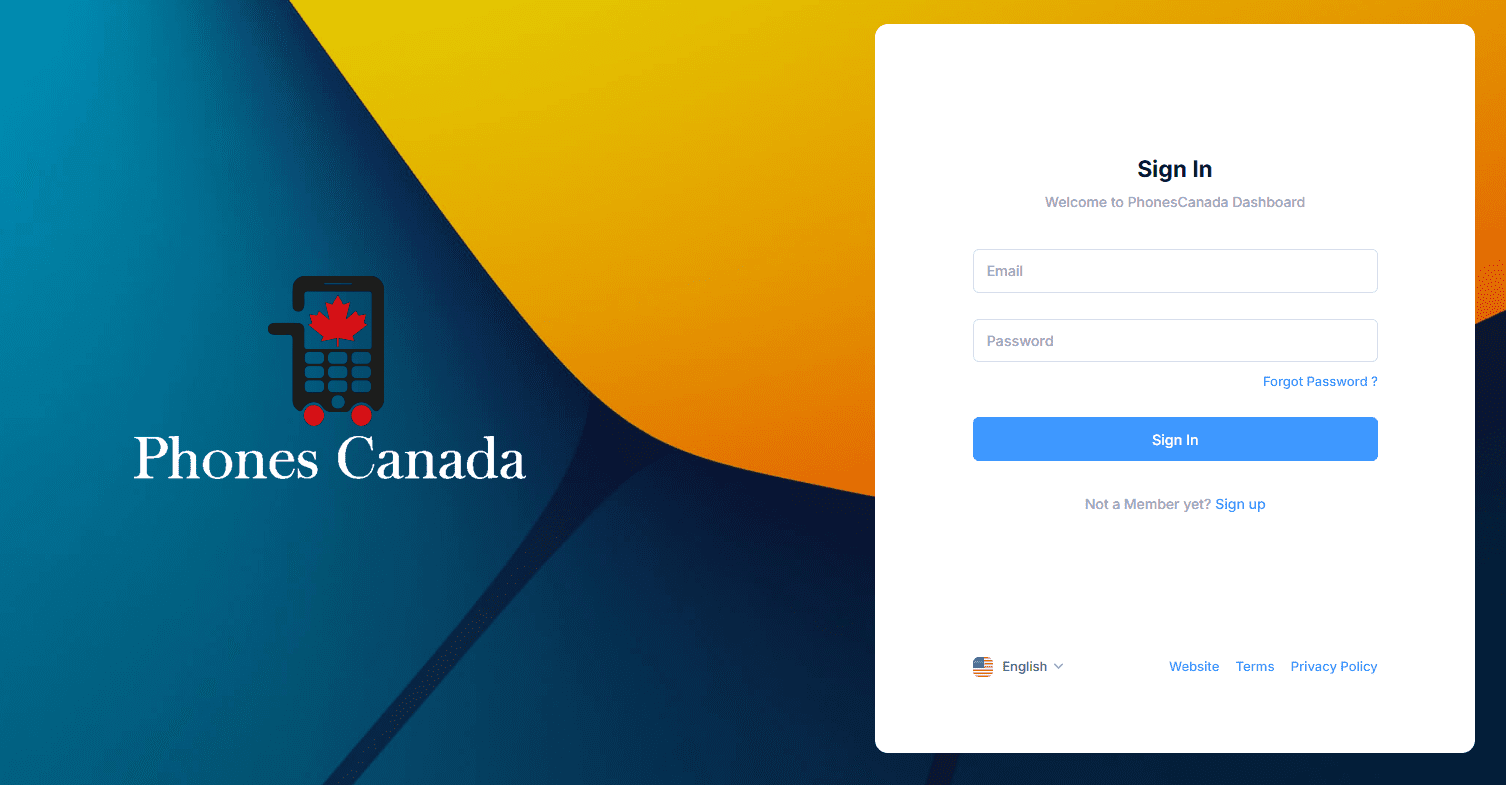Google’s Strategic Shift: Pixel 8 and Pixel 8 Pro Comparison
You know, younger smartphone users might not remember the days when choosing a new phone was much simpler. Back then, companies like Apple, Samsung, and Google only released one flagship phone a year. Ah, the good old days!
But nowadays, we have a wide range of options to choose from. And that’s not necessarily a bad thing. Take the iPhone 13 mini, for example. It’s a phone that probably wouldn’t exist if Apple didn’t cater to those who long for the days of the iPhone 4.
Speaking of strategic shifts, let’s talk about Google’s latest move. The brand new Pixel 8 and Pixel 8 Pro are quite different from each other. Google seems to be taking a page out of Apple’s book with this one.
The Differences
The Pixel 8 and Pixel 8 Pro are not created equal. In fact, the Pixel 8 is missing out on some pretty amazing features that are exclusive to the Pro model. This might be Google’s way of justifying the $300 price gap between the two phones.
Let’s dive into the specifics. The Pixel 8 Pro boasts a “professional camera mode,” 50MP photos, Zoom Enhance, Video Boost, Night Sight video, and an improved Magic Eraser. Unfortunately, these features are not available on the more affordable Pixel 8.
For instance, the Pixel 8 Pro’s Video Boost, which enhances the quality of videos, won’t be coming to the Pixel 8. And don’t get me started on the 50MP mode! It’s truly a shame that such a great camera feature is reserved only for the Pro model.
Google is also keeping Zoom Enhance, a software feature that allows you to zoom and crop photos after taking them, exclusive to the Pixel 8 Pro. And let’s not forget about Night Sight video and the improved Magic Eraser, which are only available on the Pro model.
Software Locking Features
Now, you may be wondering why Google decided to lock these features away from the Pixel 8. After all, the two phones share the same Tensor G3 chip and primary camera sensor. The only hardware difference is the amount of RAM, but that shouldn’t be a limiting factor.
It’s clear that Google is trying to differentiate the Pixel 8 Pro from the vanilla Pixel 8. However, software-locking features for the sake of upselling is not the most favorable approach. Many of us in the tech world believe that these features could easily work on the Pixel 8 with a simple increase in RAM.
The Verdict
So, the question remains: did Google go too far with their attempt to differentiate the Pixel 8 and Pixel 8 Pro? It’s ultimately up to you to decide. While some of the omitted features might not be a big deal, others make us scratch our heads in confusion.
In my opinion, upselling through software-locking features is not the best way to handle things. But who knows? Maybe Google will listen to the feedback and reconsider their approach. Only time will tell.

